Located just off highway 44 in Oxford Station, Saunders Country Critters Zoo and Sanctuary is probably “the best kept secret in Ontario” says Carla Saunders co-owner of this exotic animal haven.
Every day at Saunders starts with bowls, and bowls of food for each of nearly 300 hungry denizens. Every animal has to be fed separately except for the guinea pigs that have large feeders in their pens.
“We start the morning with seventy eight bowls. There’s 17 primate bowls, there are coatimundi bowls, then we have three skunk bowls then we have five kinkajou bowls then we have four opossum bowls and so on,” explains Saunders.
Each of those herbivores and omnivores is fed 11 varieties of fruits and vegetables along with their daily rations of dry food and or fresh protein for the omnivores.
“Then you’ve got to do another round and start working on all the carnivore bowls so the cats, the foxes the, the raccoon, the owl etc.,” she continues.
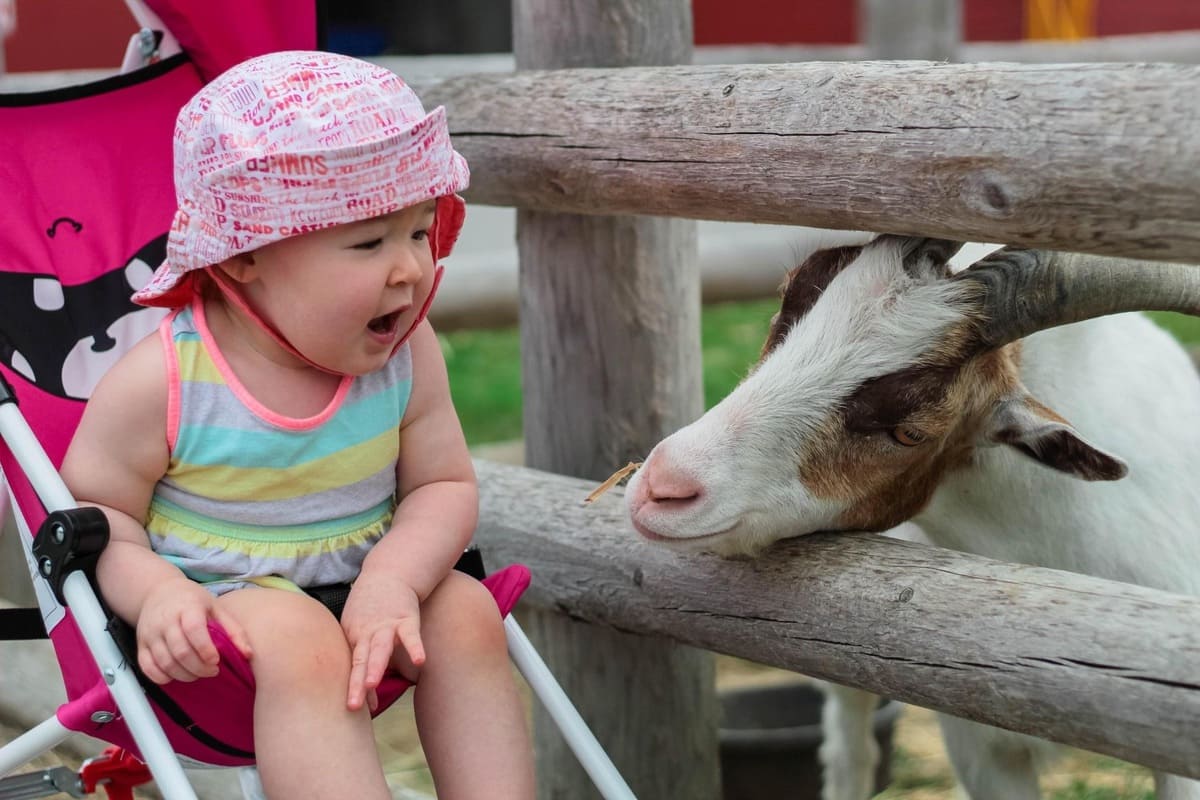
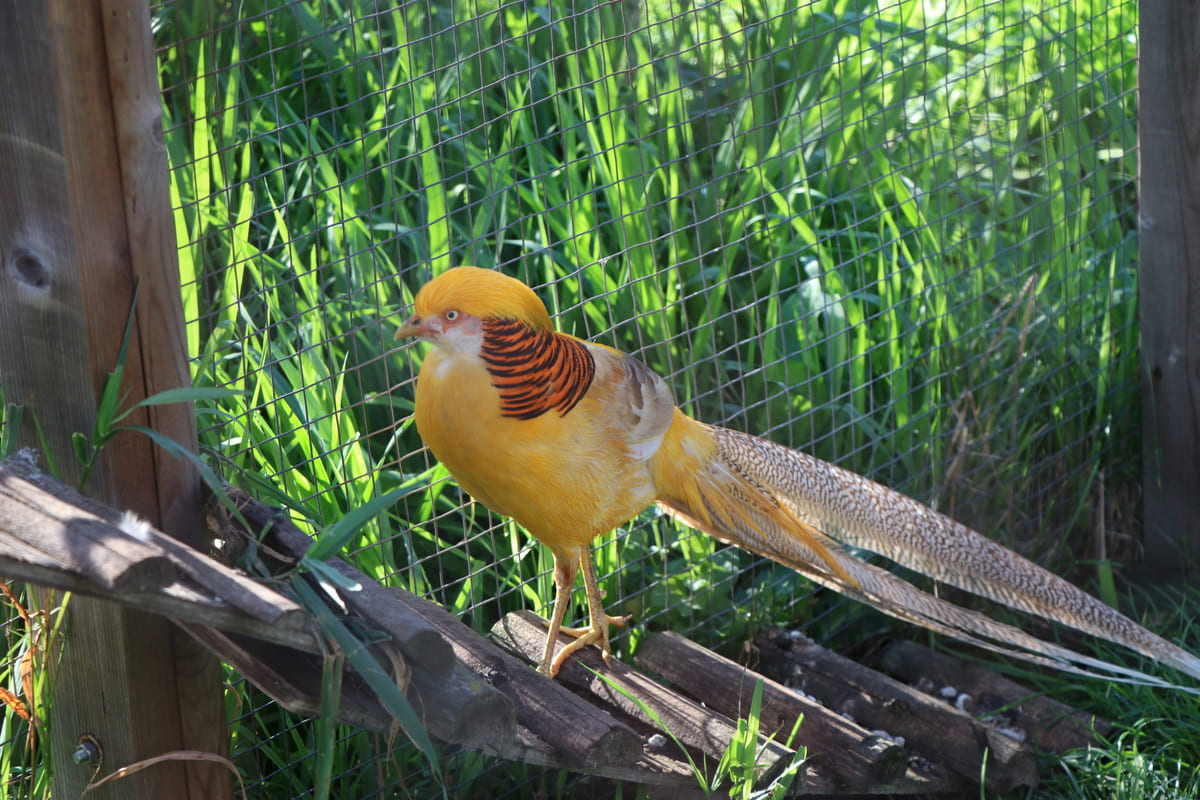
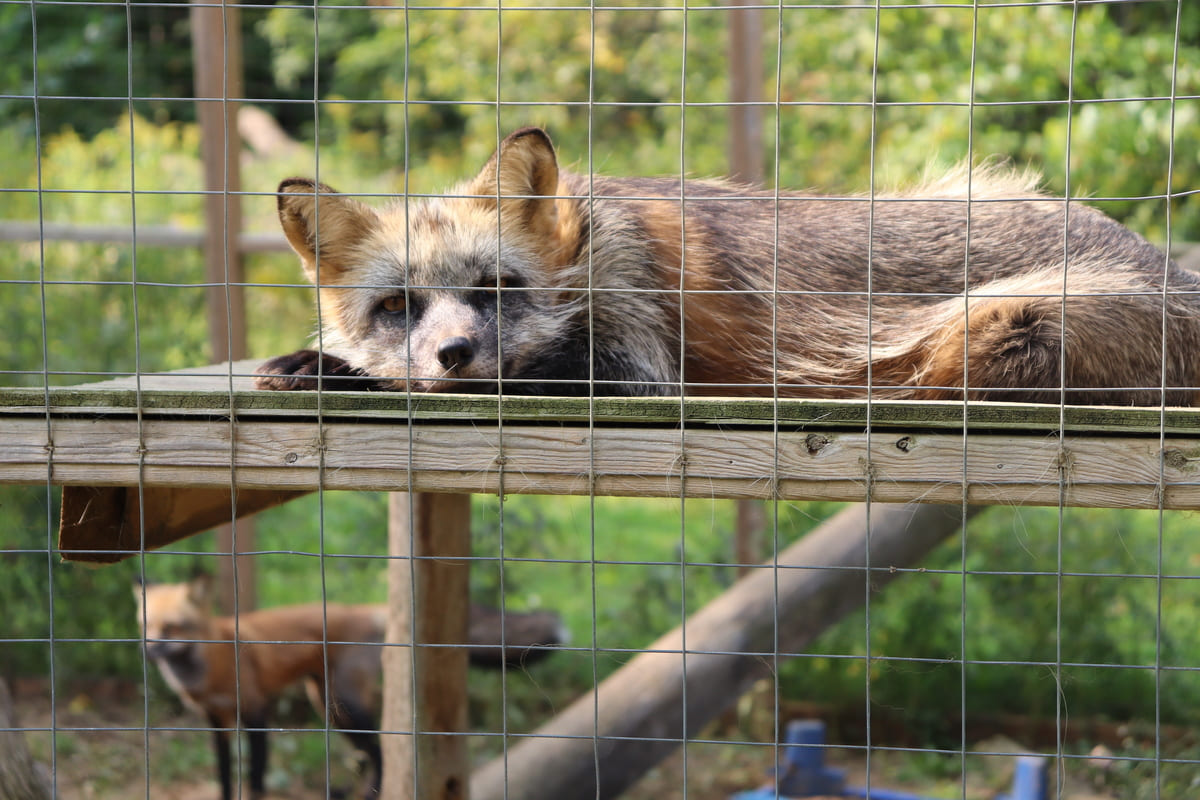
It is a labour of love and a passion; a passion to help the helpless fuelled by a healthy love for all living creatures.
“The animals are really well taken care of and you can really see them quite close,” says Jessica Barber, the Saunders next door neighbour. “I have three children, two, four and five and they love to go to the zoo to see the animals and play in the playground. My eldest loves to see the caracal and my four year old loves the kangaroo that wears sunglasses,” says Barber.
The Saunders zoo and sanctuary has been a licensed by the Ministry of Natural Resources, Canada since 1988, but didn’t open to the public until 2009.
“My intent was never to open to the public,” chuckles Saunders, but the sheer pressure of feeding such a large and growing menagerie of animals, keeping their pens and cages in good repair, along with mounting vet bills ultimately persuaded the couple to open to the public.
So where do all these animals come from you might ask.
“About 93 percent of our animals are rescued, turned in or seized. Only seven percent are bought,” explains Saunders, “A lot of the animals that we have, either come from the RCMP - drug dealers like exotic wild cats - or the SPCA who call us when they catch people keeping wild animals illegally,” says Saunders.
None of these animals are capable of surviving in the wild anymore explains Saunders, they’ve been human imprinted for way too long before they even arrive at Saunders.
“These animals will still hunt, but they don’t know to eat it, because they’ve never had to eat anything they’ve caught,” explains Saunders, and she should know, she’s tried feeding her carnivore fresh kills, but they seem puzzled by the offering.
When they started this venture the Saunders didn’t know a whole lot about the animals they have now, but they carefully and thoroughly researched, talked to vets and learned and today they provide each animal with all their needs along with a huge dollop of love.
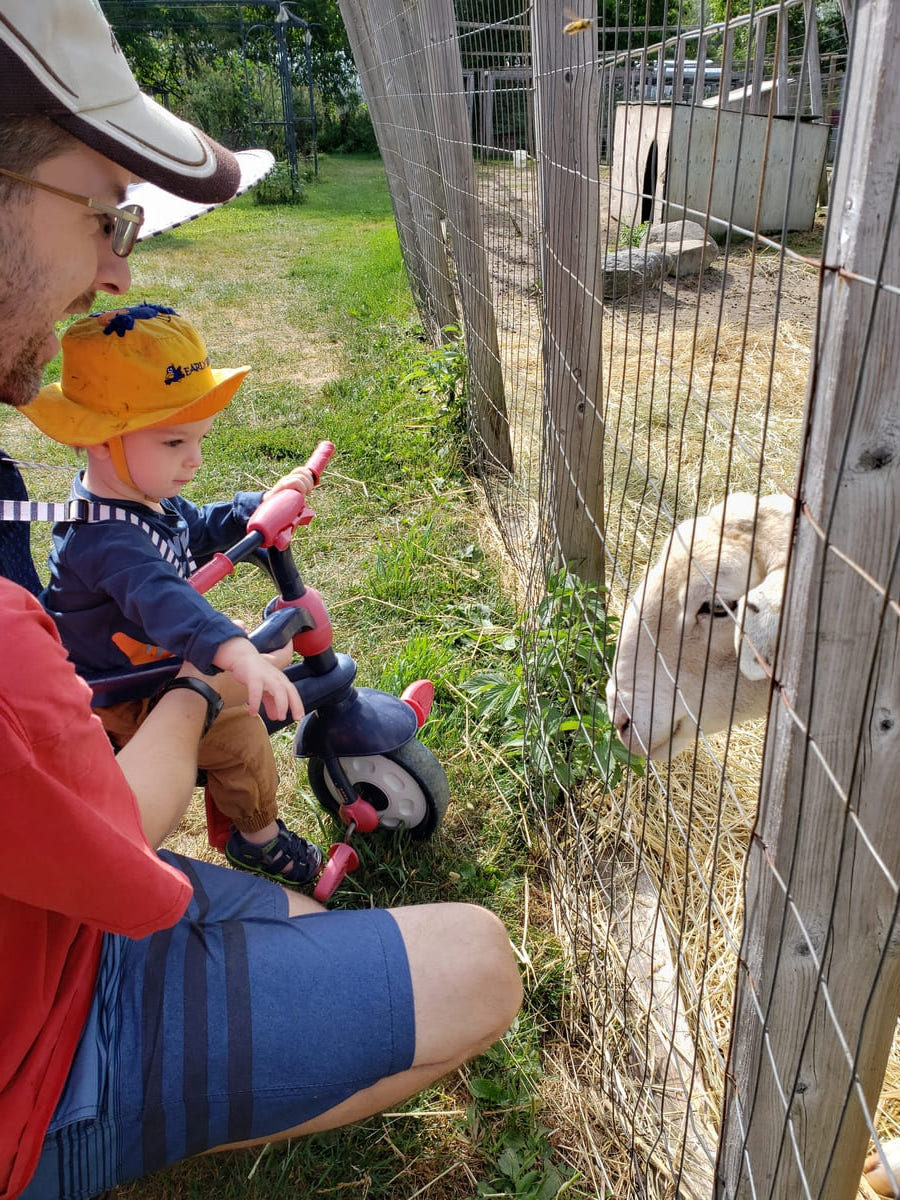
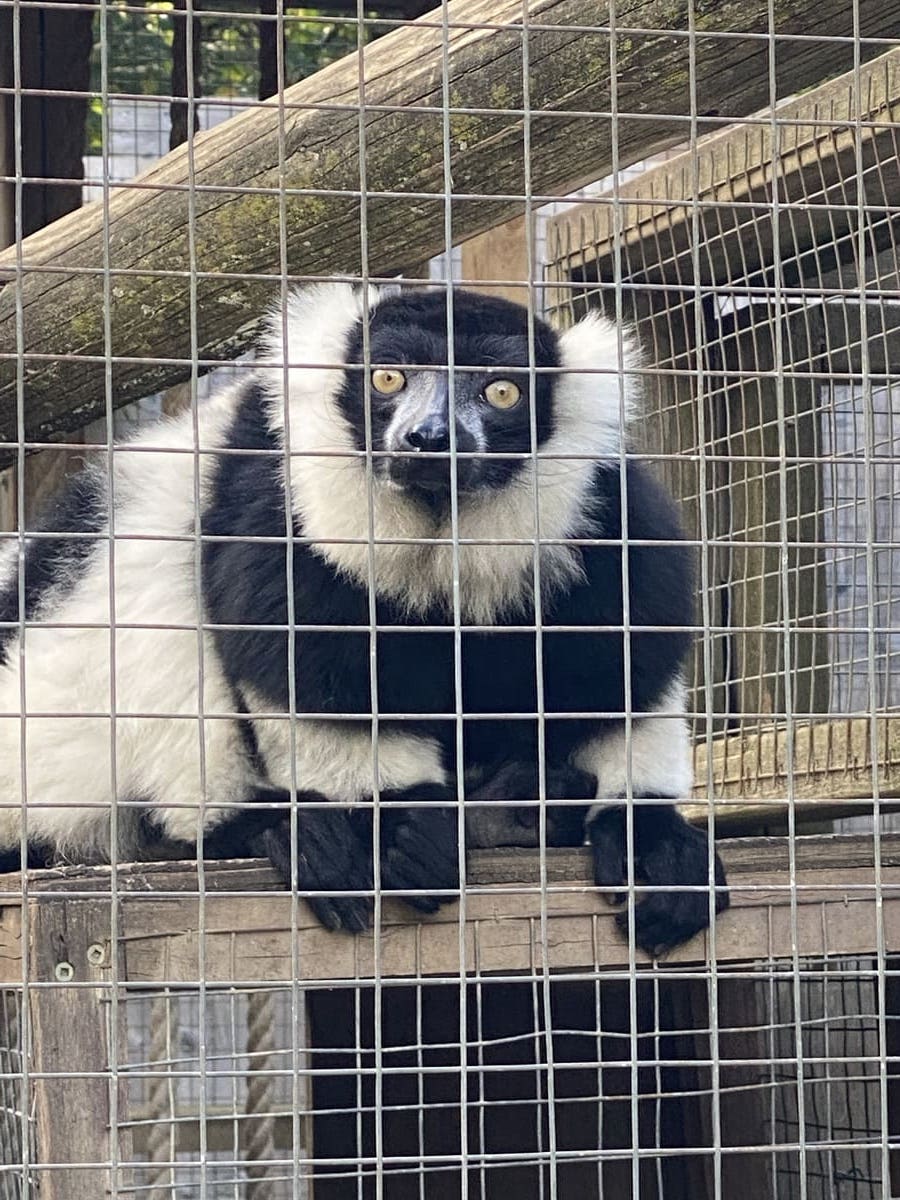
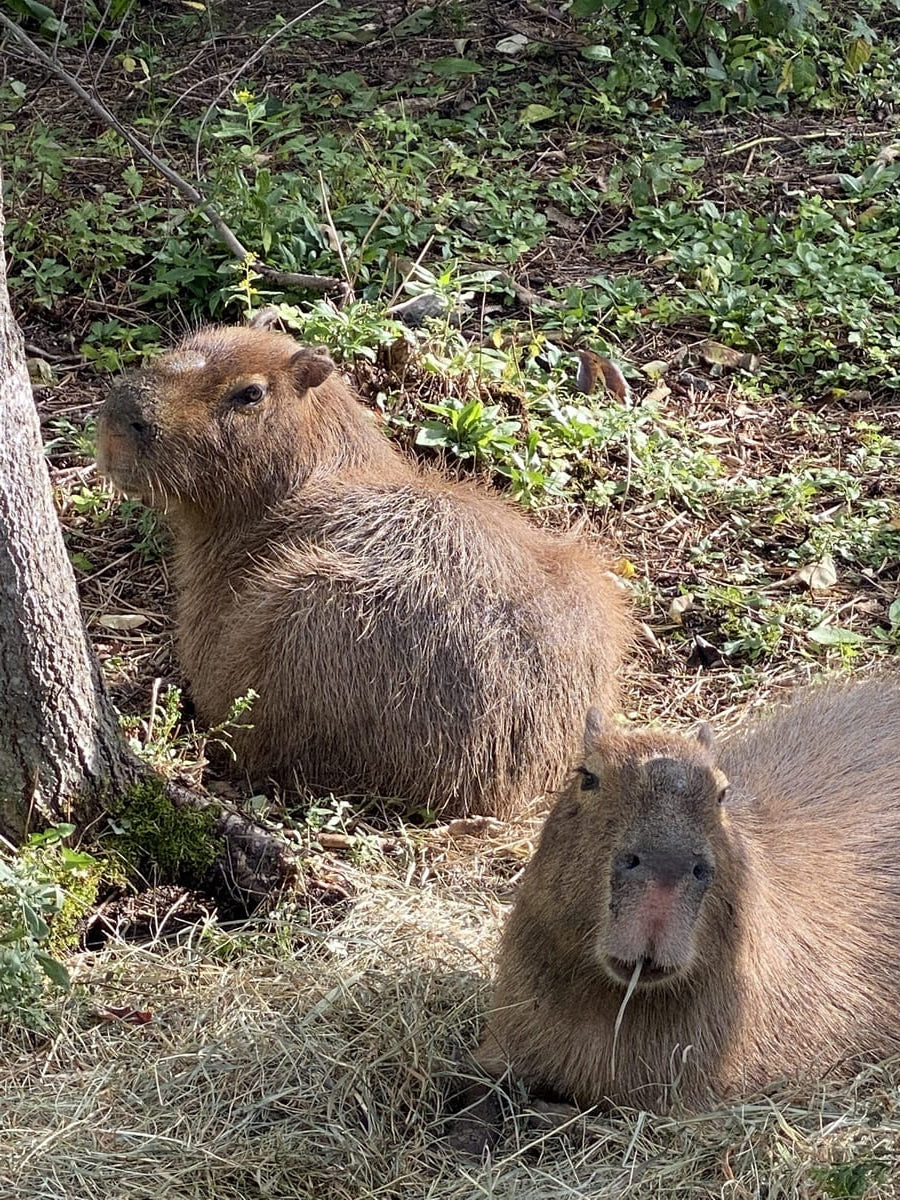
Many of the animals that come to this zoo have been poorly treated or abused and it’s up to the Saunders to rehabilitate them and bring them back to health.
“That’s the reward for all the hard work, it’s seeing the animals happy and healthy,” says Saunders whose success can be measured by the number of animals that have bred under her care. Lemurs, for example are well known not to breed in captivity. Yet Leroy and Lorelie, the couple’s first lemurs were so comfortable and healthy in their new home they gave the Saunders twin lemurs every year for 10 years.
Most of the animals are named and visiting the zoo is an interactive activity for the whole family.
“They have feed for the kids to feed the ducks and the goats and the animals are really friendly,” says Barber. “The girls that work there are so friendly and knowledgeable about the animals.”
The facility, which also boasts a picnic area near the playground, is only open 120 days a year. It closes during the winter months, because many of the animals can’t be brought out in Canadian winter temperatures.
While the sanctuary is licensed and inspected regularly there is no federal or provincial funding for operations like this. It’s a huge job, there are no days off and the costs are astronomical. Last year their vet bill was almost $19,000.
“Our expenses are 40 percent higher than our revenue, so to feed the animals last year we spent $41,000 out of our own pensions,” says Saunders with a shrug.
Saunders country critters which is undergoing a name alteration in the near future gratefully accept donations.

